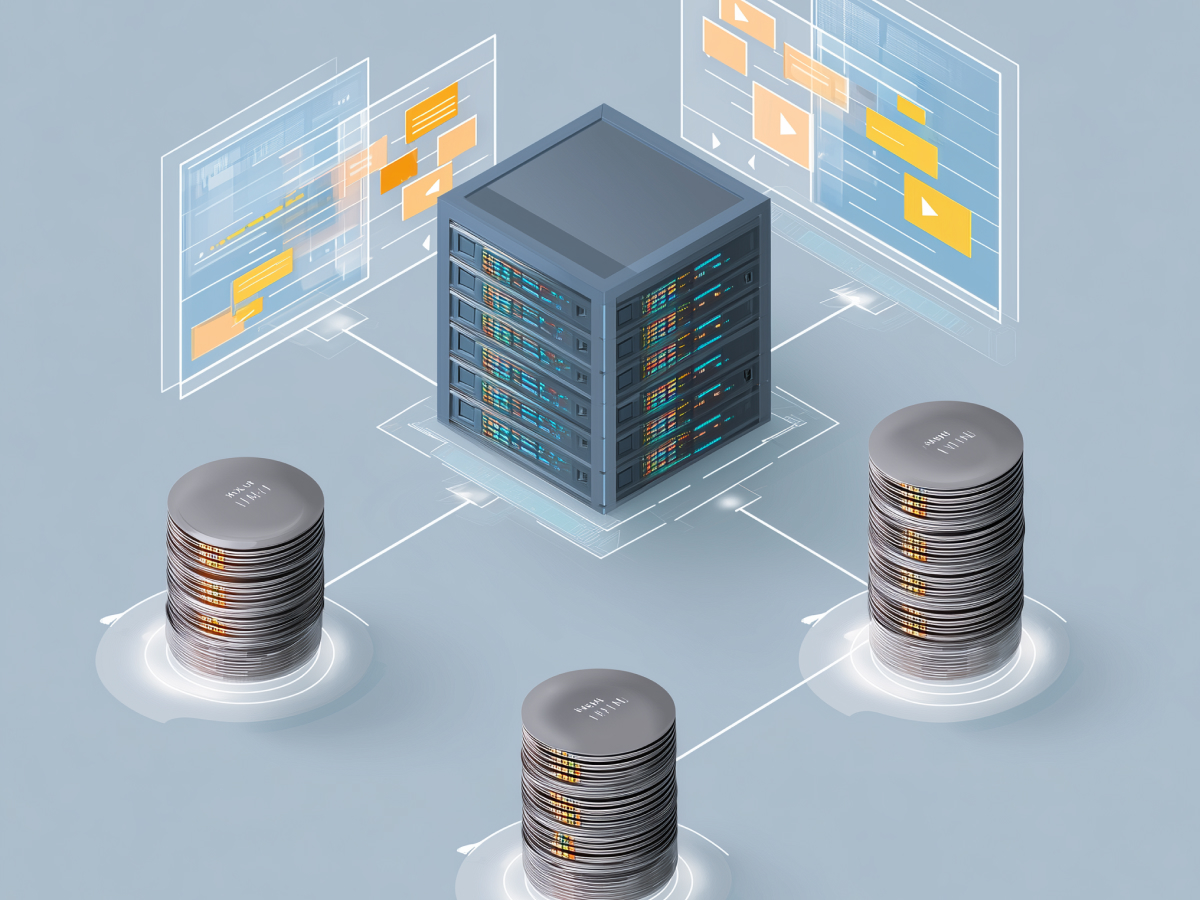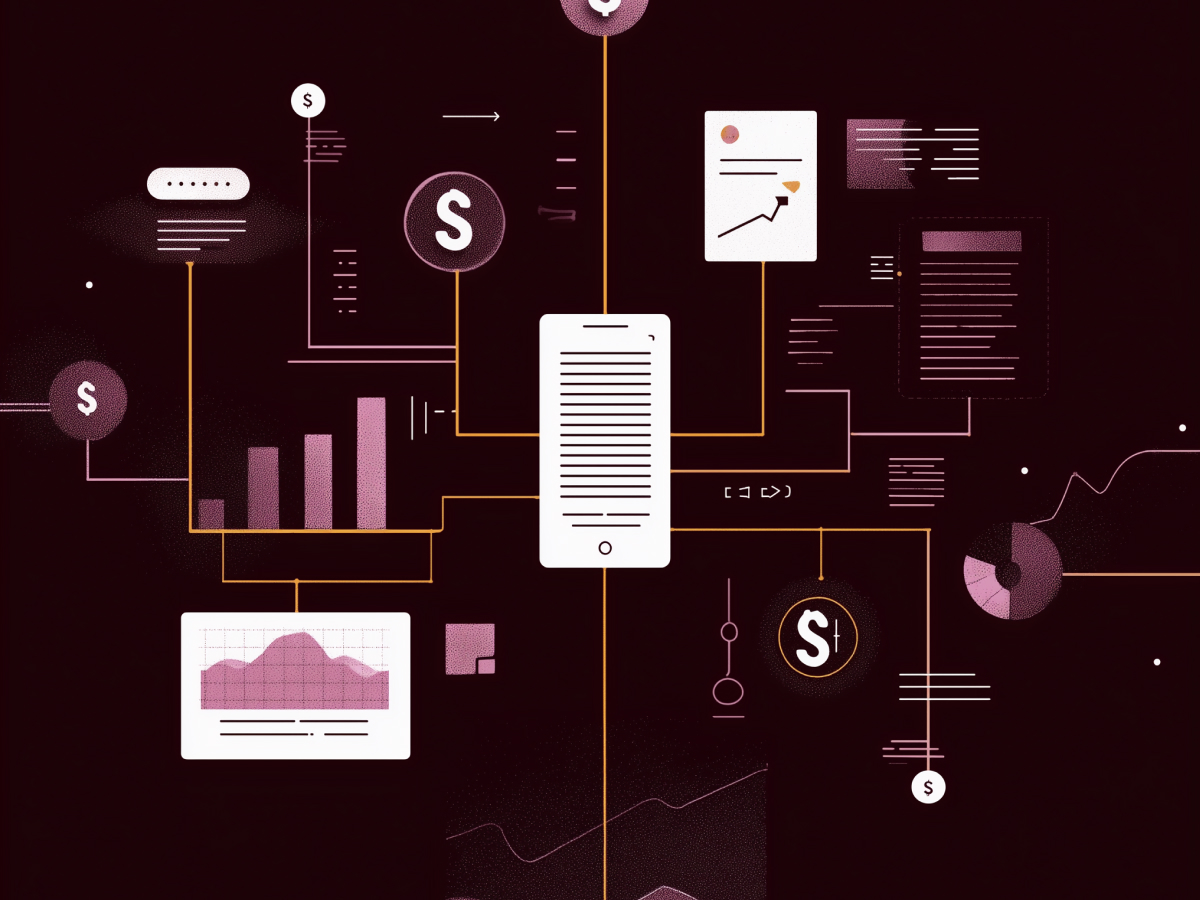What is Edge AI?
Combining artificial intelligence (AI) with edge computing marks a shift toward processing data at its source. Edge AI enables immediate insights and decisions where data is generated, minimizing latency and enhancing privacy. Processing data locally reduces the need for constant transmission to centralized data centers, changing the dynamics of decision-making processes across industries.
What model quantization is and how it works
Model quantization is a technique used to reduce the size and increase the efficiency of artificial intelligence (AI) models, making them suitable for deployment on edge devices, which often have limited computational resources and storage capacity. At its core, model quantization involves converting the model’s weights and, possibly, activations from floating-point representation, which typically uses 32 bits of data, to a lower precision format, such as 16-bit integers, 8-bit integers, or even lower.
Model quantization modifies AI models to fit edge deployment, reducing numerical data precision to decrease model size with minimal accuracy loss. Techniques such as Generalized Post-Training Quantization (GPTQ), Low-Rank Adaptation (LoRA), and Quantized Low-Rank Adaptation (QLoRA) optimize computational efficiency and make sure models are portable across diverse edge devices. Through quantization, models become more adaptable to the limited computational resources of edge devices, maintaining performance while ensuring faster, more efficient data processing.
Implementing Edge AI has real-world benefits
Reduced latency for real-time decision-making
Local data processing significantly slashes the time to derive insights, enabling actions and decisions to be made instantaneously. For instance, in autonomous vehicles, edge AI processes sensory data in real time to make immediate driving decisions, enhancing driving safety and performance.
Cost cuts through minimized data transmission
Operating costs drop as the need for data to travel to and from the cloud is reduced. For companies with extensive IoT deployments, like those in smart cities, cost savings are substantial when data analysis occurs on the device, cutting down on cloud storage and processing expenses.
Improvements in privacy and security
Keeping data on-device protects sensitive information from potential breaches during transmission. In healthcare, for example, patient data collected by wearable devices can be analyzed locally, ensuring that personal health information remains private and secure. Given the ever-growing regulations in healthcare, it’s a very powerful and useful innovation.
Scalability via decentralized approaches
A decentralized model allows for scaling without the bottlenecks of centralized systems. To make this concrete, in smart agriculture, sensors deployed across vast farms collect and process data locally, enabling scalable, precise monitoring without overwhelming central servers.
Real-world applications of Edge AI
Manufacturing – Boosting operational efficiency
Edge AI transforms manufacturing with predictive maintenance, quality control, and defect detection. For example, sensors on equipment predict failures before they occur, reducing downtime and maintenance costs.
Healthcare – Transforming patient care
Wearable devices equipped with edge AI monitor vital signs in real time, offering unprecedented insights into patient health and enabling early intervention. Such devices can detect abnormalities and alert healthcare providers, improving patient outcomes.
Retail – Improving inventory management systems
In retail, smart sensors manage inventory efficiently, automating stock levels monitoring, and alerting managers to replenish products. This technology minimizes stockouts and overstocking, optimizing inventory levels.
Tailoring AI models for edge deployment
Adapting AI models for edge deployment through model quantization requires careful consideration of the unique constraints and requirements of edge environments. These environments are characterized by limited processing power, memory, and sometimes intermittent connectivity, which can significantly impact the performance and feasibility of deploying sophisticated AI models directly on edge devices.
Selecting an appropriate quantization technique is highly important and must be done carefully, as it directly influences the model’s accuracy, efficiency, and overall effectiveness in edge scenarios.
Selecting the right quantization technique
The choice of quantization technique depends on several factors related to the specific deployment scenario, including:
Model accuracy requirements: The degree to which model accuracy can be compromised for efficiency gains varies by application. For instance, applications involving critical health monitoring may prioritize accuracy over size reduction, necessitating a quantization approach that minimally impacts accuracy.
Hardware capabilities: The computational and storage capabilities of the target edge devices play a significant role in determining the suitable quantization method. Devices with more advanced hardware may accommodate higher precision formats, such as 16-bit floating-point, whereas more constrained devices might necessitate more aggressive quantization to 8-bit integers or lower.
Power consumption: For battery-operated edge devices, power efficiency is paramount. Quantization techniques that reduce computational requirements can significantly extend battery life, making them preferable for wearable devices, remote sensors, and other power-sensitive applications.
Latency requirements: Applications that require real-time or near-real-time responses benefit from quantization methods that optimize for speed. Reducing the precision of computations can accelerate inference times, making it possible to meet strict latency requirements.
Looking at the future of edge computing
Investment in edge computing is expected to grow as its benefits become increasingly apparent. Edge inferencing platforms and databases are fundamental in supporting the deployment of edge AI applications.
The development of unified data platforms is set to be a core requirement for managing the demands of edge computing, providing a cohesive framework for operational excellence. Distributed inferencing addresses privacy and compliance concerns, offering a secure approach to edge computing.
Concluding insights
The integration of edge AI and model quantization is shaping a new direction for technology, presenting businesses with opportunities for increased efficiency and a competitive edge. As these technologies continue to develop, their influence on digital transformation and innovation is growing. Businesses integrating edge AI strategies position themselves at the forefront of technological advancement, ready to meet the challenges of a dynamic digital environment.




